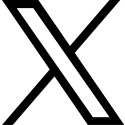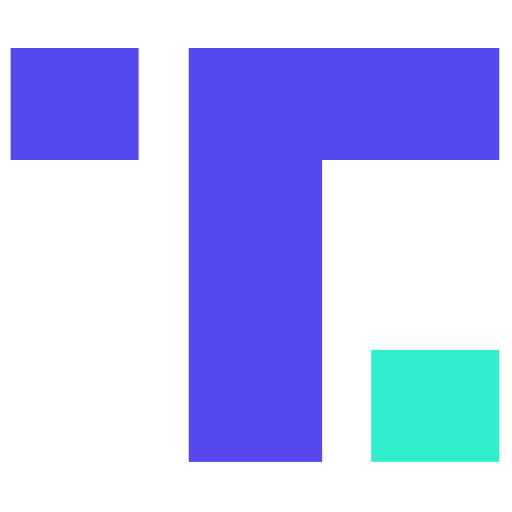The scientific method is used to establish truth in conventional medicine, but what about traditional medical systems like acupuncture, Ayurvedic chakras, homeopathy, and applied kinesiology?
According to Dave Sackett, the father of evidence based medicine, Half of what you'll learn in medical school will be shown to be either dead wrong or out of date within five years of your graduation; the trouble is that nobody can tell you which half - so the most important thing to learn is how to learn on your own. [Smith2003 🕮 ].
Developing the ability to answer the question "What is Truth" is a critical part of this learning to learn, both for doctors and for citizens in a democratic republic.
This is an age-old question, which has been asked by people as diverse as
 Pilate
and
Pilate
and
 Johnny Cash.
Johnny Cash.
In philosophy, the study of how we know things is called epistemology.
Scientific Method
The scientific method is used to obtain scientific truth.
Each textbook gives a slight variation on the scientific method.
 Wikipedia
gives the following overview of the steps of the scientific method:
Wikipedia
gives the following overview of the steps of the scientific method:
- Define a question
- Gather information and resources (observe)
- Form an explanatory hypothesis
- Test the hypothesis by performing an experiment and collecting data in a reproducible manner
- Analyze the data
- Interpret the data and draw conclusions that serve as a starting point for a new hypothesis
- Publish results (peer-review)
- Retest (frequently done by other scientists)
Results may take the form of a theory, which after being tested by many scientists throughout the world may become a scientific law of nature.
Theories are often subject to challenge and revision or refutation, whereas laws are rarely questioned. For example, Darwin's theory of evolution has much less scientific support than Newton's law of gravity, and Darwin's theory of evolution is NOT considered to be scientific "fact" the way the law of gravity is. Likewise, man-caused global warming is also just a theory with some supporting observations, but without the certainty of a law of nature.
It is unscientific to consider any theory to be "settled science" the way laws of nature are considered to be. Theories are best considered to be "working hypotheses" that should be subjected to further study and clarification. Elevating theories to the protected status of laws of nature is harmful to science, and can bring great harm if action is taken based on theories rather than established laws of nature.
The Default Assumption
When constructing an experiment to test a scientific hypothesis, the starting premise is that "we have not found an effect." This is often called the "Null Hypothesis." It is important to note that this is NOT the same thing as saying that "there is no effect."
The Limits of Science
- Because of the way the default assumption is constructed, it is not possible to prove a negative (i.e. to prove the null hypothesis). For example, we cannot prove that unicorns, deities, etc. don't exist somewhere in the space-time continuum, because we cannot examine the entire space-time continuum.
- Even scientific laws of nature can require correction. For example, the laws of conservation of mass and conservation of energy had to be revised when Albert Einstein's theorem E = mc2 was proved. (This equation says that mass can be destroyed to create more energy, and vice versa).
What is Outside of Science?
- Real but as-yet undiscovered truths. For example the planet (or planetoid)
 Pluto.
Pluto. - Deities (the God of the Bible, Manitou, etc.): Science cannot prove that deities do
not exist, because science cannot prove a negative over the entire space-time continuum. Nor, for example, can the God
described by the Bible be proven to exist, because the Bible defines Him as
 all powerful,
and He has commanded that He not be
all powerful,
and He has commanded that He not be
 put to the test
(i.e. by definition, He does not want to be the subject of a scientific experiment,
and by definition has the power to evade such testing).
put to the test
(i.e. by definition, He does not want to be the subject of a scientific experiment,
and by definition has the power to evade such testing). - True science is agnostic ("this has not been proven, but possibly may be some day"). For example, science is agnostic about the existence of additional planets that have not yet been discovered. No true scientist would ever say that we have found all planets/planetoids that exist.
- True science is NOT atheistic (never says "this could not possibly exist").
- Many traditional healing modalities depend on various "energy forces" that have not been proven
to exist by the scientific method, including:
-
Acupuncture and Qi,
-
Homeopathy and Vis,
- Ayurveda and Chakras,
- Applied Kinesiology,
- Reiki
-
- Psychology and Psychiatry are only partly "scientific" (i.e. are "soft sciences"). B.F. Skinner championed the branch of psychology known as "Behavioral Science," which is based on strict application of the scientific method to study observed behaviors, but excludes theories of the mind and emotions that cannot be measured.
Other Standards of Evidence
Our culture accepts other ways for establishing truth besides the scientific method.
United States Legal System
In USA law there are several standards of truth, including:
- Preponderance of the Evidence (more than 50% certain) - used in civil cases such as lawsuits.
- Clear and Convincing Evidence (more than Preponderance of the Evidence but less than Beyond a Reasonable Doubt) - used in child protection custody cases, etc.
- Beyond a Reasonable Doubt) (close to 100% certain) - used in criminal cases such as capital murder.
The default assumption in US law is usually stated as "innocent until proven guilty." Thus, innocence is NOT proven in court - instead the accused is found to be "not proven to be guilty (or liable)." The burden of proof of guilt (liability in civil law) is on the prosecutor (plaintiff in civil law), instead of the burden of proof of innocence being on the defendant.
A number of lawyers have examined the Bible using legal standards of proof, and concluded
that the evidence supports the "truth" of the Bible. See for example David Limbaugh's
book
 Jesus on Trial
and Erick Erickson's essay
Jesus on Trial
and Erick Erickson's essay
 A Reading of History.
A Reading of History.
Conventional Allopathic Medicine
In conventional allopathic medicine, the default assumption is usually no disease is present, or this drug has no effect. As above, these default positions cannot be proven because it is not possible to prove a negative.
95% probability is used as the threshold for establishing truth.
For example, if a lab test result shows that it is 94% probable a patient has a certain diagnosis, then the patient should be considered to be not proven to have the diagnosis. (Unfortunately, this finding is reported as "normal," which stifles further inquiry.)
But if one more percentage point is added to the probability, the patient is then considered to have the diagnosis.
This is sometimes called a binary or "black and white" truth standard.
Functional Diagnostic Testing
Dr. Weyrich prefers using Functional Diagnostic Medicine, in which lab tests are evaluated on a continuum from "most likely normal" to "most likely abnormal." This is sometimes called a fuzzy or "shades of gray" truth standard.
Stay tuned for further discussion on this topic.






